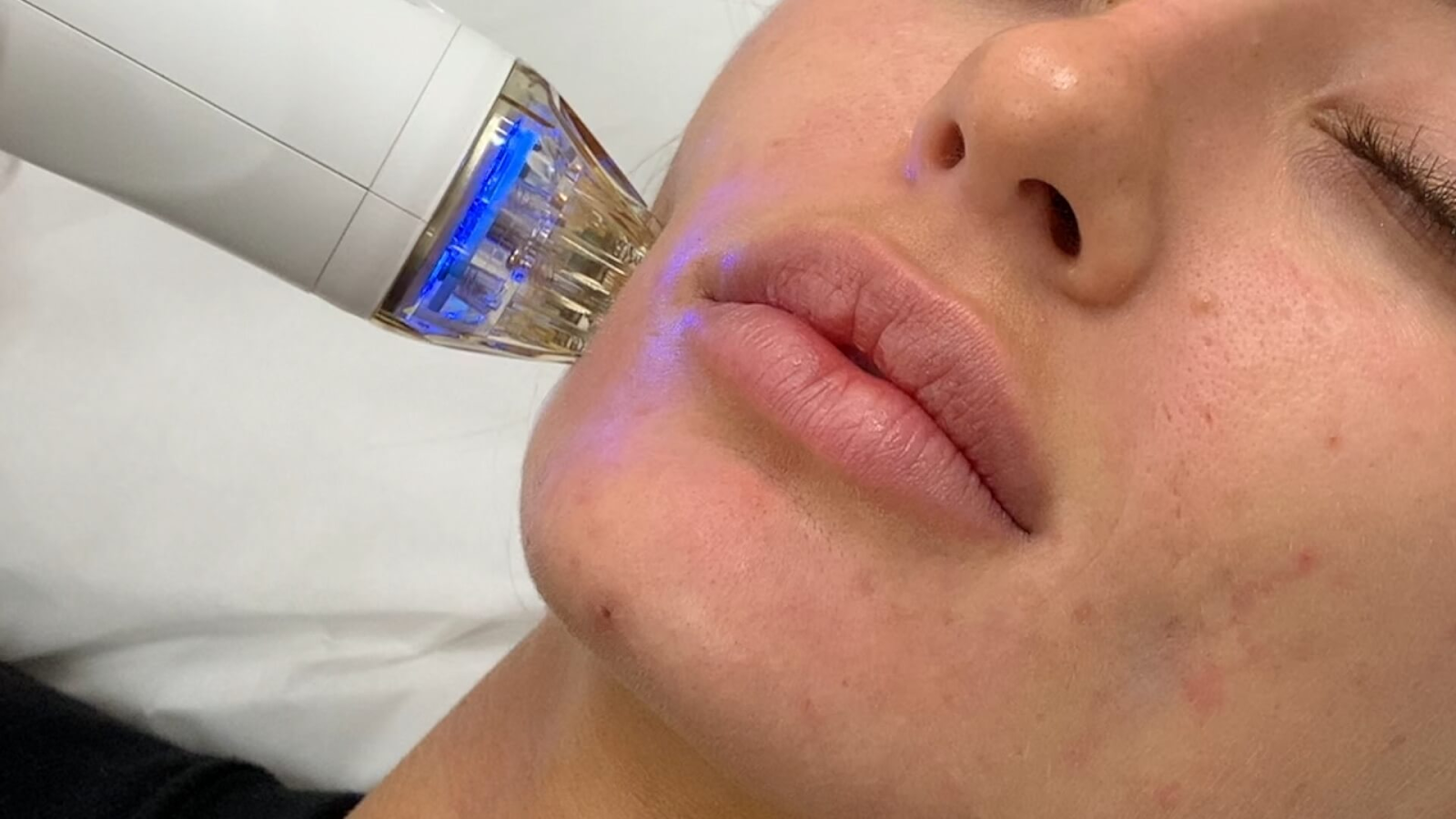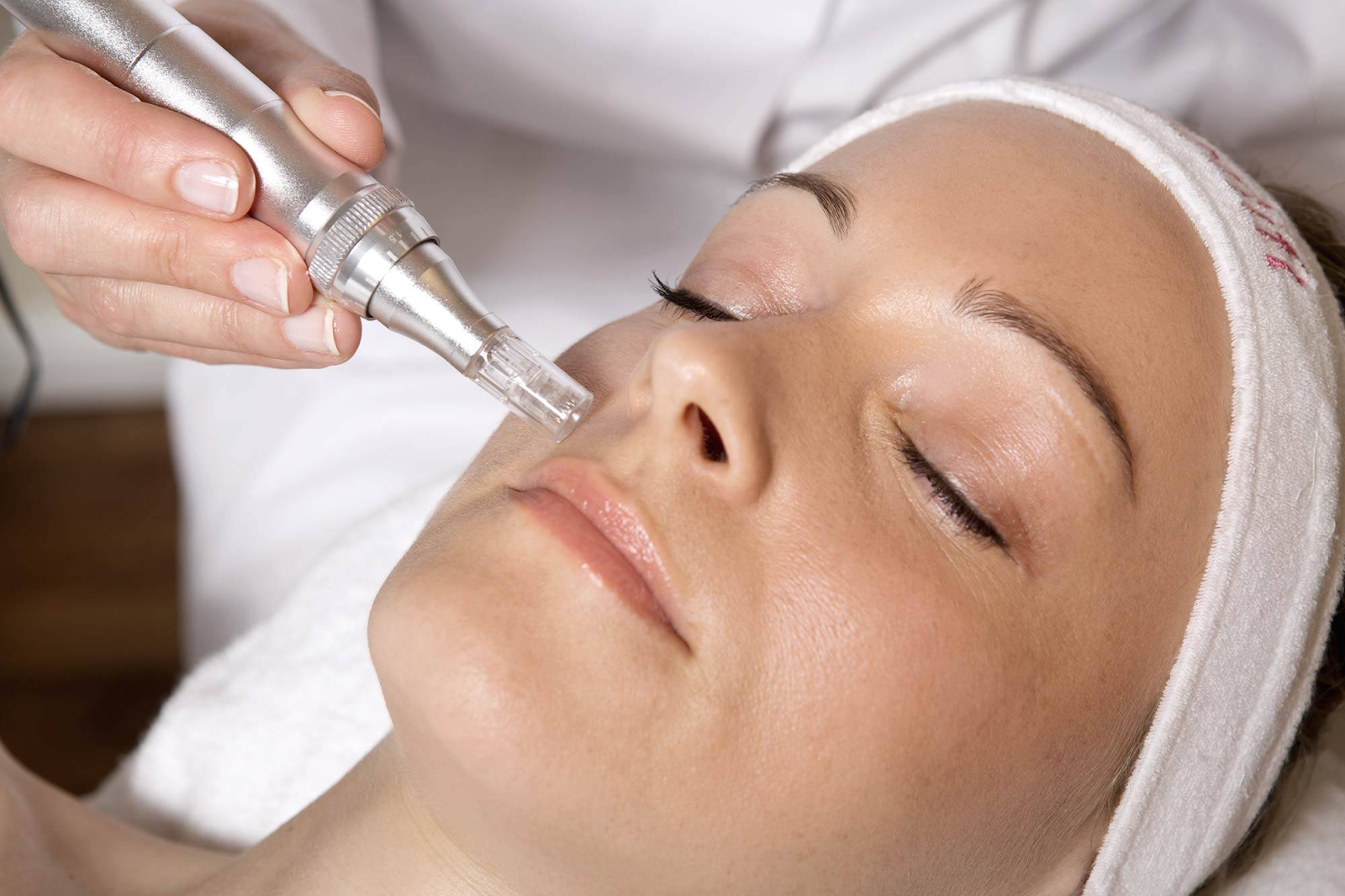Microneedling is a popular cosmetic procedure that involves the use of small needles to create micro-injuries on the skin, prompting the body’s natural healing process and promoting collagen production. In Australia, as in many countries, practitioners must adhere to certain regulations and guidelines to ensure patient safety and service quality. The central question many aspiring estheticians and beauty therapists ask is: Do you need a license to do microneedling in Australia? The short answer is yes, licensing is a critical requirement. This article will delve into the specifics of microneedling licensing, including the necessary qualifications, how to obtain a license, and the professional standards expected in the industry.
Understanding Microneedling Regulations in Australia

In Australia, the beauty industry is closely regulated to protect consumers and maintain high service standards. Microneedling falls under the scope of these regulations due to its invasive nature. Every state and territory in the country has its own set of laws and requirements that must be followed diligently by practitioners. While there may be some overlap in these regulations, the specifics can vary significantly from one region to another, making it essential for practitioners to understand the requirements that apply to their particular location.
Detailed guidance on these regulations can be found through state health departments and relevant regulatory bodies. It is paramount for anyone looking to practice microneedling to become intimately familiar with these legal parameters to operate within the bounds of the law.
Licensing Requirements for Microneedling in Australia
To legally perform microneedling procedures in Australia, one must obtain the appropriate qualifications and training. This typically includes completing an accredited course that covers the theoretical and practical aspects of microneedling. Institutions such as TAFE and private beauty colleges offer such courses, which often lead to a certificate or diploma level qualification.
The Australian Health Practitioner Regulation Agency (AHPRA) oversees the licensing of health practitioners, including those in the cosmetic procedures industry, to ensure that they meet the National Safety and Quality Health Service (NSQHS) Standards. While AHPRA may not directly regulate all microneedling practitioners, compliance with their guidelines is a solid benchmark for proper training and practice.
Qualifications should not only reflect a theoretical understanding but also a period of supervised practical
experience. It’s crucial for practitioners to be well-versed in skin biology, infection control, and the specific
technique of microneedling to provide safe and effective treatment.
How to Obtain a Microneedling License in Australia

Securing a microneedling license involves a few key steps, starting with the selection of an accredited educational provider. The following is a numbered list detailing the typical process:
- Research and enroll in a reputable institution offering an accredited microneedling course.
- Complete the required coursework, which may include anatomy, skin health, safety protocols, and hands-on practice.
- Pass the final assessments to obtain certification.
- Apply for state-specific licensing if required, which may involve providing proof of your qualifications and passing additional checks.
Upon completion of these steps, a practitioner should be well-equipped to begin offering microneedling services to clients, operating within the legal requirements of their jurisdiction.
Operating a Compliant Microneedling Practice
Once licensed, it’s imperative to maintain a practice that adheres strictly to health and safety protocols. Proper sanitation, use of quality equipment, and thorough client consultation are non-negotiables for any reputable microneedling service. Practitioners must also ensure they carry appropriate insurance, protecting both themselves and their clients in the case of unforeseen incidents.
Here’s what a compliant microneedling practice should cover, in a numbered list format:
- Sterilization and disinfection of all equipment before and after procedures.
- Use of appropriate protective gear, like gloves and masks, during treatments.
- Maintaining up-to-date client records and informed consent forms.
- Providing thorough aftercare instructions to clients.
- Regular training updates for practitioners to stay abreast of industry advances and regulation changes.
Adhering to these standards is the baseline for running a professional and secure microneedling business.
Consequences of Performing Microneedling Without a License
Ignoring licensing requirements for microneedling is not only unethical but it also entails severe legal
consequences. Practitioners found providing these services without the necessary license can face hefty fines, suspension of practice, and in extreme cases, criminal charges. The professional risks are accompanied by the potential for reputational damage, which can be difficult to recover from.
More importantly, unlicensed procedures compromise client safety, increasing the risk of infection, scarring, and other adverse reactions. As a professional, the protection of client well-being should be a primary concern, which is why following the legal framework is essential.
Staying Up-To-Date with Microneedling Licensing
Regulations and best practices in the microneedling industry are subject to change. To remain compliant,
practitioners must make continuing professional development a priority. This means regularly attending workshops, webinars, and other educational events that focus on the latest research, technology, and regulatory updates in the field of cosmetic dermatology.
Staying informed ensures that you can offer the best possible service to your clients while safeguarding your practice against legal issues. Databases, professional networks, and governing bodies are all valuable resources for this purpose.
Conclusion
In conclusion, microneedling is a complex treatment that requires practitioners to be properly trained and licensed in Australia. Acquiring a license is a necessary step that not only fulfills legal requirements but also helps build a foundation of trust with clients. By committing to continued education and adhering to safety protocols, microneedling professionals can ensure they provide the highest standard of care within the industry.
FAQs About Microneedling Licensing in Australia
Let’s address some of the most frequently asked questions regarding microneedling licensing:
- 1. Can I perform microneedling without any formal training in Australia?
- No, performing microneedling without the proper training and licensing is against the law and exposes you to
serious legal repercussions. - 2. How long does it take to become licensed for microneedling in Australia?
- The duration varies depending on the training provider and your pace, but it typically ranges from a few months
to over a year to become fully licensed. - 3. Is it mandatory to renew the microneedling license in Australia?
- Some states require practitioners to renew their licenses periodically, so it’s important to stay informed about
the regulations in your specific area. - 4. Are there different types of licenses for different microneedling devices?
- Yes, some states may differentiate licenses based on the types of devices used. Ensuring you hold the correct
license for the services you provide is essential. - 5. What are the consequences if a client is harmed during an unlicensed microneedling procedure?
- If harm occurs, the unlicensed practitioner could face legal action, including fines, potential criminal
charges, and civil suits for compensation from the injured party.
